Why dog breeds matter less than you might think
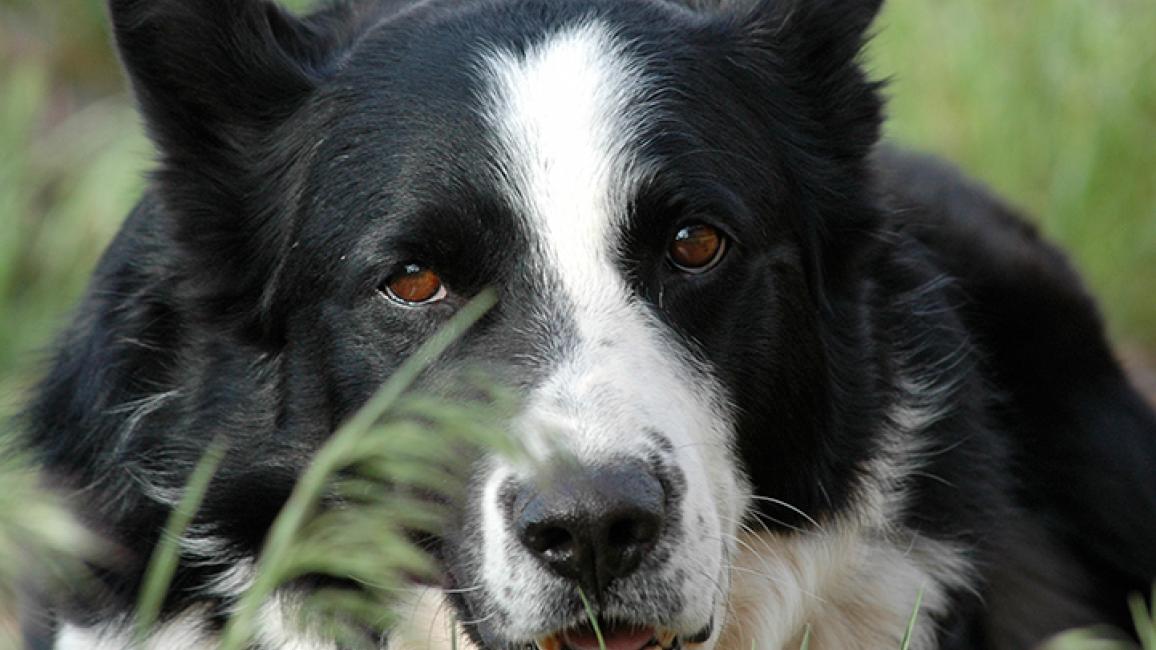
This article appeared in the March/April 2018 issue of Best Friends magazine. You can subscribe to the magazine by becoming a Best Friends member.
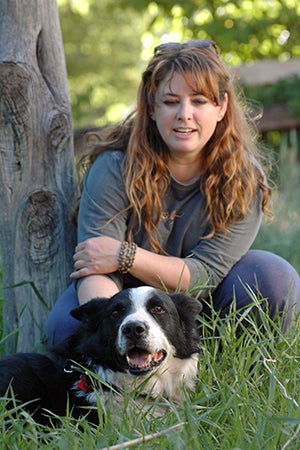 My dearest love was a stray who was found in the middle of nowhere. A handsome and goofy dog, he fit seamlessly into my multiple-pet home. Before I even knew exactly who he was, however, I found myself trying to guess exactly what he was. Black and white like a border collie, he had the large build and thick, curled tail of an Akita. One friend noted that he looked like a Karelian bear dog. So, based in part on this assessment, his name officially became Sullivan Bear Dog.
My dearest love was a stray who was found in the middle of nowhere. A handsome and goofy dog, he fit seamlessly into my multiple-pet home. Before I even knew exactly who he was, however, I found myself trying to guess exactly what he was. Black and white like a border collie, he had the large build and thick, curled tail of an Akita. One friend noted that he looked like a Karelian bear dog. So, based in part on this assessment, his name officially became Sullivan Bear Dog.
According to California Karelians — a breeding and training group dedicated to this particular type of canine — these dogs are known for their courage when it comes to facing down large prey animals, including bears and cougars. They’re good with kids, bond quickly with their people, and easily learn to distinguish between outdoor prey and family pets. That pretty much summed up Sully. We connected swiftly and he was great with indoor cats and rabbits, but liked running after small creatures outside. I witnessed him chase off a coyote or two, and, while I have no real evidence to support the claim, neighborhood legend has it that he once scared away a prowling cougar.
I not only loved Sully, but (I have to admit) I loved his breed. After Sully passed away in 2014, I searched online for another Karelian bear dog to adopt. The search results included dogs who looked nothing like him or nothing like other Karelians. Most of the profiles said that the adoptable dogs in question weren’t good with cats or kids. Some were described as aloof. What the heck was going on? This sounded nothing like my experience with Sully or what I thought were the characteristics of his breed.
Dog DNA test kits
Many people pick a favorite type of dog based on formative experiences or popular books and movies (think Disney’s 101 Dalmatians) and they often remain faithful to their breed of choice for life. In fact, society’s breed devotion powers a huge industry of “I love my (insert breed here)” mugs, T-shirts and bumper stickers, not to mention other products like breed-specific pet foods and breed-specific clubs. Furthermore, we humans seem to naturally and habitually attempt to identify dog breed based strictly on sight. We tell ourselves — and one another — that big, block-headed dogs are pit bulls and that small, fawn-colored dogs with smushed-in faces are pugs.
However, what if we’re wrong when we make these assessments? And, at the end of the day, does it even matter? Can it not be enough for a dog to be simply a dog?

For those of us who really want to know just what kind of dog we’ve been loving all along, there’s now the option of genetic testing. Several companies have developed commercial canine DNA detection kits, which use a dog’s blood or saliva to discern his or her breed makeup. One of the companies, Wisdom Health, looks at 1,800 genetic markers in each client’s dog and features a database with genetic information from more than 250 breeds.
It can be difficult to determine a dog’s breed mix simply by looking at him or her because, according to Wisdom Health’s website, physical appearance in dogs is largely controlled by a small number of genes — only about 2 percent. (So much for those visual assessments we’ve all been guilty of making at one time or another.) For this to make sense, it’s also important to understand dominant versus recessive genes. Dogs can inherit a trait through one dominant gene, but need two recessive genes to do the same. “Traits such as a short black coat, block head shape, or drop ears might make you think of some of the more popular breeds with these same features,” explains Wisdom Health’s website. “But dominant traits such as these, just by the very nature of being dominant, can be attributed to literally hundreds of breeds beyond the one you’re thinking of.”
But wait. We humans don’t particularly like being wrong. We want to think we possess a special talent for recognizing that certain je ne sais quoi that confirms a dog is, well, a Karelian bear dog, for example. However, even dog experts don’t guess breed with consistent accuracy. A study done by researchers in the Maddie’s Shelter Medicine Program at the University of Florida, Gainesville, found that self-identified experts (shelter staff, trainers, veterinarians and others) correctly identified a prominent breed only 27 percent of the time.

The human need to label dogs with breed names certainly isn’t just about physical attributes. There’s a common belief that dogs of a certain breed will express the same behaviors. We’ve all heard claims along the lines of “Poodles are yappy” or “Bulldogs aren’t smart.” Quite simply, such generalizations are false and, when it comes to saving lives, can actually be dangerous.
“Breed is a sticky construct upon which we have over-relied, and can appear to answer questions about a dog that they don’t really answer,” says Don Cleary of Animal Farm Foundation. “A geneticist I know says that pointing behavior (for example) occurs, in varying styles and intensities, in more than 50 breeds. The only way we can accurately determine what a dog needs and how (he/she) will act is to look at the individual.”
Rethinking shelter practices
Overall, it can be difficult for people to accept that their breed-related beliefs about dogs are built on shaky ground. Bruised egos aside, however, continuing the practice of first assigning breed and then associating particular behavioral traits with particular breeds only means that we help perpetuate the myths. Because here’s the thing: When it comes to the dogs in shelters today, most of them are made up of a mix of breeds and they cannot — and should not — be pigeonholed into one breed category and its accompanying mythology.
Curious about exactly how breed labels influence adopters, Lisa Gunter, a Ph.D. student in the department of psychology at Arizona State University, designed something called the Lookalike Study in 2014 with help from the Arizona Animal Welfare League and SPCA, based in Phoenix. Thirty-nine participants looked at pairs of photographs with two very similar-looking dogs on them. One dog in each pair was labeled as a pit bull terrier and the other was labeled some other breed, such as Labrador. The participants were asked to indicate their level of agreement with five questions judging traits like intelligence, friendliness and aggression.
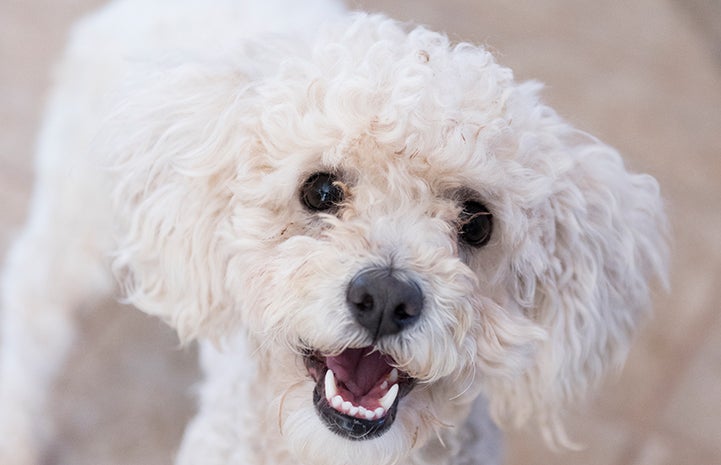
“Dogs identified as pit bulls were perceived as less adoptable, less friendly and more aggressive than other breeds,” Lisa says. “Dogs with pit bull labels waited over three times as long to be adopted compared to lookalikes that were unlabeled or labeled as other breeds. These dogs may look and act the same, but the pit bull label damns them to a much longer wait for adoption.”
The label condemns them in other ways, too. Dogs who fit a certain physical profile are banned in numerous communities. Insurance companies often will not insure — or will charge higher premiums to insure — people who have large, “scary” breeds like pit bulls and American Staffordshire terriers. Yet there isn’t a shared understanding of what makes a “safe” breed and what makes a “scary” breed. In fact, the nonprofit group Responsible Dog Owners of the Western States compiled a list of 75 breeds that have either been banned from ownership or restricted via legislation — either passed, proposed or tabled — in communities throughout the country. Among those breeds are Airedale terriers, blue heelers, Boston terriers, French bulldogs, Labradors and golden retrievers. Oh, and pugs.
Collectively, these findings are at the center of discussions within animal welfare about doing away with breed labels entirely, except in cases where the dogs are known to come from pure bloodlines. A number of shelters that have done so are discovering that the adopting public isn’t even asking why the breed references are missing. It turns out, they’re just not missing the labels.
“I’ve been in three communities that removed labels and what people really want to know is which dog is the best fit for their family,” says Kristen Auerbach, director of animal services at Pima Animal Care Center in Tucson, Arizona. “It becomes an opportunity to talk about what activities a dog likes, or whether she is independent or cuddly.”
At Best Friends Animal Sanctuary in Utah, breeds have not been noted on cage cards for years, and the adoption staff works hard to make sure people are meeting dogs of all appearances who might be suitable matches. Dogs, like the humans who love them, are individuals, after all. “At Best Friends’ two adoption centers in Los Angeles, we have also removed references to breeds on our dog kennels,” says José Ocaño, Pacific regional director at Best Friends.
And when it comes to the wee ones, Kristi Littrell, Best Friends adoption manager, tells it like it is: “With our puppies, I always say they are a mixed bag of surprises since we don’t know what their mix is, how big they’ll get, or whether their coat length and color will change as they age.”
With all the evidence piling up that we may not be correct when we assume, for example, that a dog has golden retriever in her genetic makeup just because she has a flowing blonde coat, isn’t removing breed labels a no-brainer? Skeptics say not so fast.
The pit bull controversy
Those who are speaking out against this change in labeling practices often contend that shelters are trying to trick people into adopting more pit bulls. Even if it’s not purposeful, these folks say, their concern is that this will place more of what they perceive as risky dogs into the community.
Going back to the science, however, Lisa says this is flawed logic. “This assumes that without labels, dogs will suddenly behave or look differently,” Lisa says. “Dogs will continue being the same dogs no matter what you call them. Safety doesn’t come from a visually assigned breed label.”
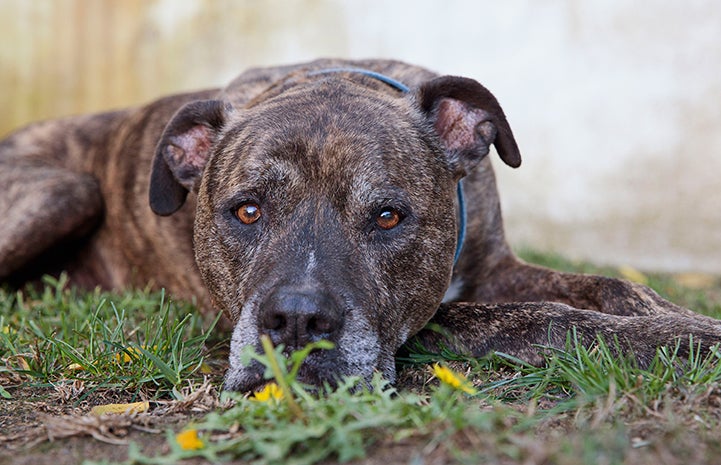
“We aren’t saying that we need to eliminate labels only from dogs who look like our idea of a pit bull,” Kristen says. “We’re saying labels are wrongly placed on every possible kind of dog. We have to remove that as short-hand to talk about dogs in general and instead talk about the dog sitting in front of us.”
Furthermore, studies show that removing all breed labels can have a positive impact on all dogs. Orange County Animal Services in Orlando, Florida, removed breed names from their kennel cards and online adoption profiles in 2014. When adoption rates of all dogs in 2013 were compared to 2015, the dogs previously labeled as pit-bull-type dogs saw a 12 percent increase in adoptions. Those once labeled as working breeds showed an 8 percent increase in adoptions, and dogs who would have typically been labeled boxers, mastiffs and Dobermans saw adoption increases of 11 percent, 15 percent and 12 percent, respectively.
Consider the individual dog
With all that said, there is nothing wrong with being attached to a dog who looks like — or perhaps even is — a particular breed. Conversely, if a dog looks too much like a breed you’ve had a negative association with or have heard misguided assumptions about, there’s no shame in not wanting to take that dog home. However, it may be time to pause for a moment, identify your feelings, see if you are able to debunk the mythology and possibly even reconsider the individual dog in question.
Shelters and rescue groups aren’t going to start doing DNA testing of all their dogs to determine their actual breeds, as that would clearly be an expensive and time-consuming process. But for adopters, there can at times be some benefit to knowing a dog’s breed profile. Embark’s DNA kits test for most or all testable genetic health conditions in nearly every breed, while Wisdom Health’s kits look for the presence of a gene mutation that can have a significant impact on drug sensitivity. Sometime in the future, we may even be able to know from DNA testing whether a dog is more likely to have specific behaviors, though we can probably never rule out nurture versus nature as a factor.
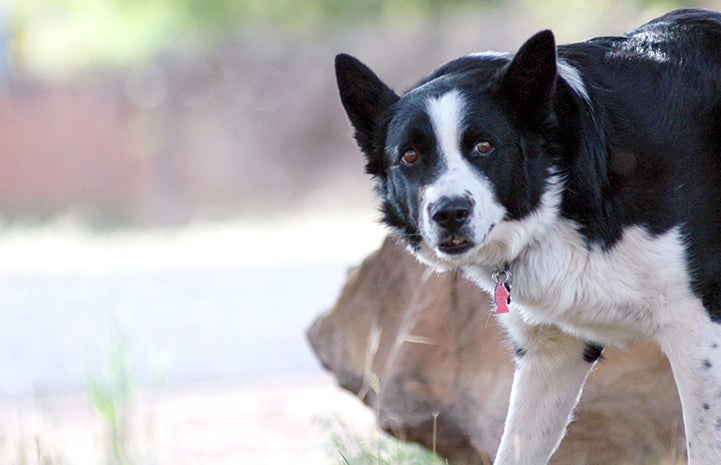
As for Sully, I still regret not doing a DNA test on him; I’d love to know if my friend’s guess was correct. However, even if I knew his breed, I know there won’t ever be another Sully. He could have been a Karelian, or he could have been an Akita and border collie mix, or he could have been something else entirely. The only thing I’m certain about is that he absolutely was my perfect dog. And isn’t that what we’re all looking for?
Resources for dog health, behavior, training and socialization
Photos by Best Friends staff and Robert Stoetzel